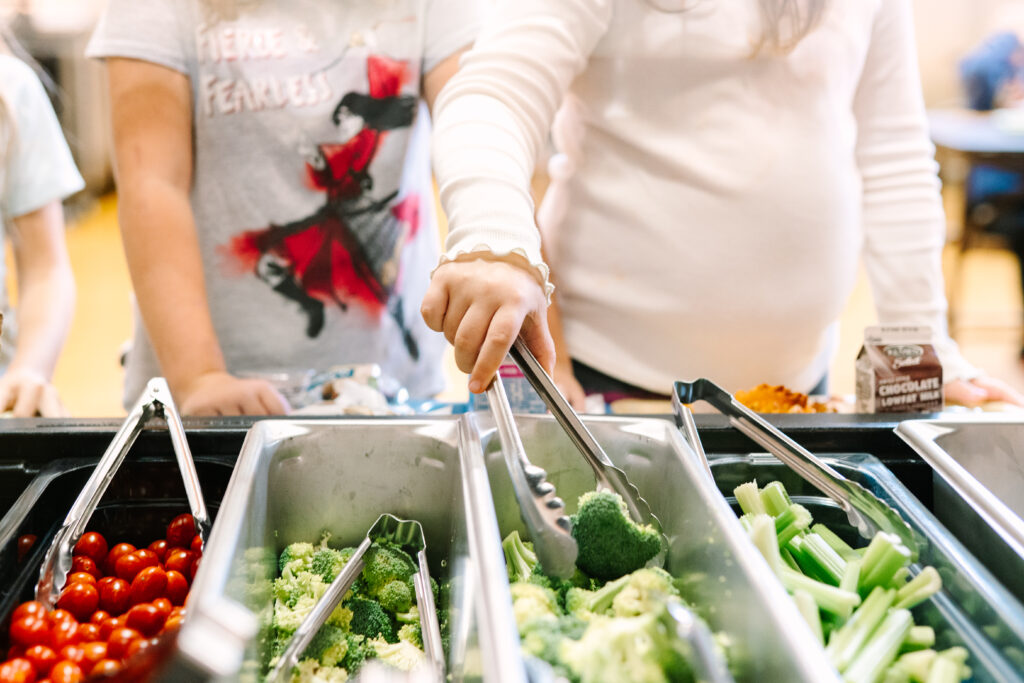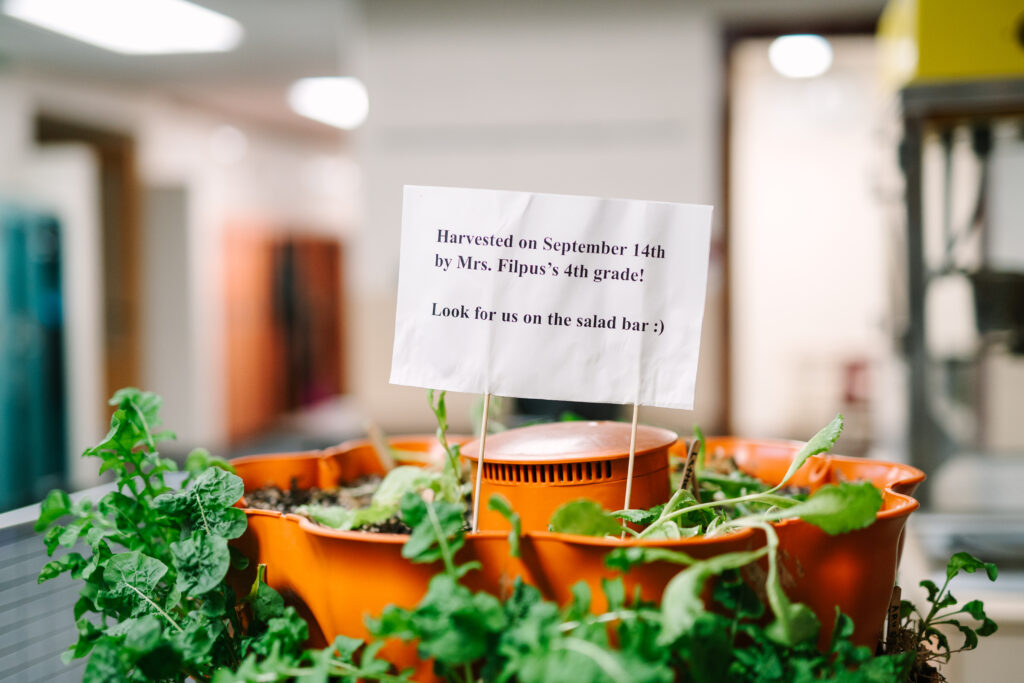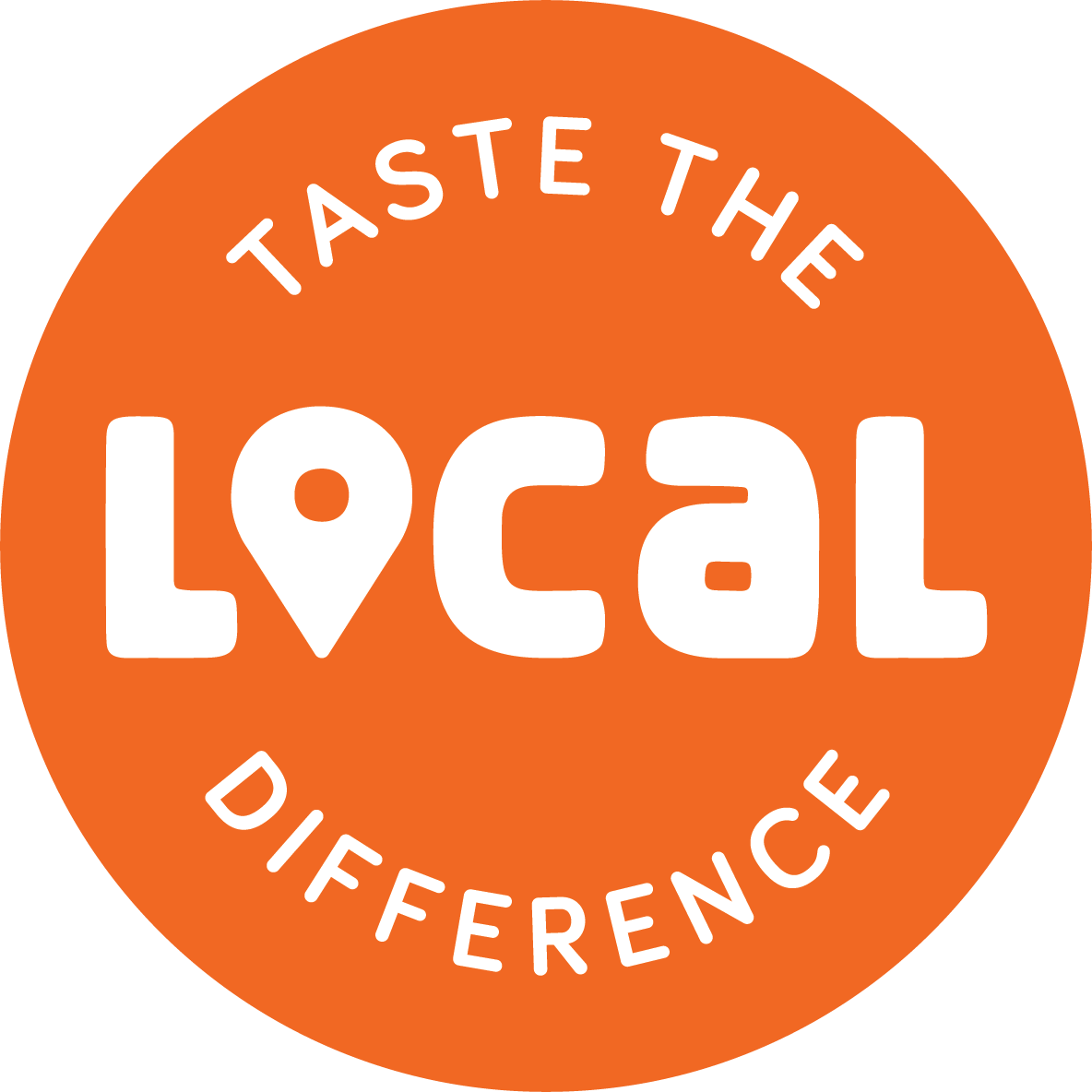Depending on where you live, education programming can look drastically different from school to school. In many areas of the state, farm-to-school programs are supported by area organizations and funding, but it varies greatly between districts. Curious about development in the Northeast corner of the state, we reached out to Kristine Ranger, founder of Knowledge Navigators and collaborator with organizations in her home Alcona County and beyond to incorporate agricultural activities in school programming.
What is Farm-to-School?
Farm-to-school programming (often shortened to F2S) is an array of activities that help connect students with both their food and local community through a love of eating and making health-conscious choices. According to the Farm-to-School Network, this can include one or all of the following: local food procurement, school gardens, and education about agriculture, food, health, or nutrition.

Where is Farm-to-School Happening in Northeast Michigan?
Ranger is quick to point out that Northeast Michigan was already accomplishing farm-to-school activities in the classroom and cafeteria before her work began. While some district administrators and educators aren’t aware that their efforts are eligible for F2S funding, the rural culture of Northeast Michigan makes it an obvious choice to include agriculture in the curriculum.
Districts like Alcona Community Schools have teamed up with Food Corps to become an active site. Within the Alpena Intermediate School District (ISD), Pied Piper School has a working greenhouse that grows food for their cafeteria. Summer school opportunities at Charlton-Heston Academy in Saint Helen, which included sourcing from local Rose City Greenhouse as well as agriculture programming for grades 1-5, left a lasting inspiration for the future. This future includes various grant applications where all three schools work as anchor institutions for lasting and formalized F2S programming throughout the region, facilitated by Ranger.

Distribution to Infrastructure: Hurdles to Leap for F2S
Why isn’t farm-to-school prevalent in every school, everywhere? Ranger says there are significant barriers that make access an issue for school districts on the sunrise side of the state. First off, these districts often rely on working with an array of small farms with the lack of a larger distribution network. This is a time-consuming effort for already-taxed food service directors, having to call around for individual needs, rather than placing one order. Beyond that, putting infrastructure in place to make a school garden work for the seasonality of the school system requires expensive hoop houses, or may need additional needs in the cafeteria kitchen to make sourcing local food more possible.
What makes it worth it? An army of school food service directors, superintendents, educators, and students who value local eating. Ranger says, “Our approach has always been that the whole region must work together to change the system.” Bringing all these individual programs together to formalize the already-existing culture of local eating will allow children across the region to know what it is to try a local apple on their lunch tray.
Claire Butler is the Content Strategy Specialist for Taste the Local Difference. Contact her at [email protected].
